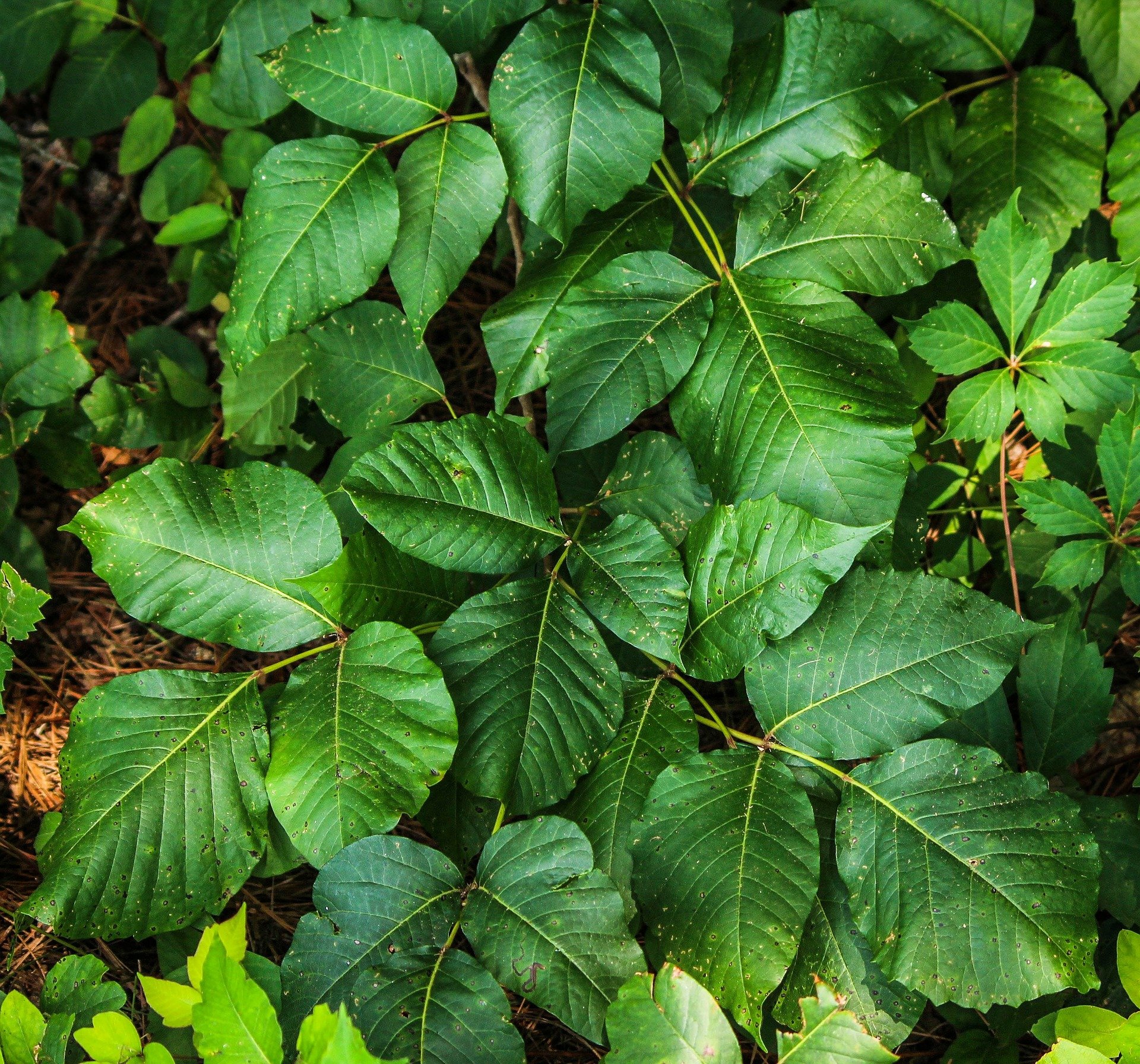Summertime means spending a lot more time outdoors enjoying activities -- from soaking up the sun to hiking through the woods. But being outdoors also poses health risks.
One common health risk people face during the summer months is poison ivy or poison oak rashes. With an estimated 85% of Americans being allergic to poison ivy, running into these plants can put a major damper on your summer fun.
So it's important to not only know the differences between poison ivy and poison oak but also how to properly treat the rashes from these plants.
The poison ivy treatment and poison oak rash remedy may not be the same, depending on the severity of the case. The first thing that needs to be determined is if you're seeing the signs of poison ivy or poison oak.
Spotting the differences
Poison ivy and poison oak plants both share many similarities. Some common characteristics of these plants include:
- Growing as a vine or bush
- No thorns present
- Varying sizes of leaves
- Clusters of three leaves
- Having white spring flowers and red berries
While these plants are extremely similar-looking, there are a few ways to tell them apart.
Poison ivy generally has hairy- or fuzzy-looking vines, looks similar to ivy and has smooth almond-shaped leaves.
Poison oak, on the other hand, has leaves that look like oak leaves, is generally a duller green and has leaflets that have hair on both sides.
These plants can be pretty difficult to tell apart not only from each other but from other plants as well. This is why it's so important to protect your skin when you're in wooded areas. Wearing long clothing can be a simple and easy way to keep your skin protected from brushing up against these rash-inducing plants.
Medical care for treating rashes
If you do come into contact with poison ivy or poison oak, rinse off the affected area with cool water. While the rash caused by these plants can be uncomfortable, it's generally not severely harmful.
Rashes from these plants generally show up within no more than 48 hours after the contact. Common signs include red, itchy bumps.
One of the most common poison ivy and poison oak rash home remedies involves calming the rash by using cool compresses, antihistamines and calamine lotion. But if the rash persists or becomes severely uncomfortable, you should seek medical care.
Consider a trip to an urgent care clinic if the rash is accompanied by significant swelling, a fever, blisters or difficulty breathing.
Both poison ivy and poison oak can cause rashes that can be uncomfortable, painful and downright annoying. So watch out for these plants this summer and always seek medical care if you do come into contact with one of these plants and your rash becomes severe.


